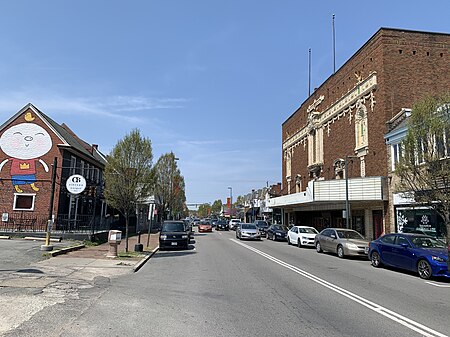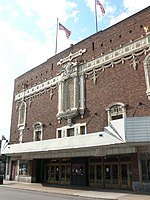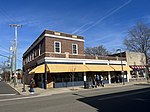Carytown, Richmond, Virginia
Neighborhoods in Richmond, Virginia

Carytown is an urban retail district in Richmond, Virginia; it is along Cary Street at the southern end of the Museum District. Located west of the historic Fan District, Carytown has an eclectic flavor and includes more than 230 shops, restaurants, and offices. The Byrd Theatre, a restored movie palace that has operated continuously since 1928, is located in this district.
Excerpt from the Wikipedia article Carytown, Richmond, Virginia (License: CC BY-SA 3.0, Authors, Images).Carytown, Richmond, Virginia
Parkwood Avenue, Richmond Museum District
Geographical coordinates (GPS) Address Nearby Places Show on map
Geographical coordinates (GPS)
| Latitude | Longitude |
|---|---|
| N 37.552027777778 ° | E -77.480222222222 ° |
Address
Parkwood Avenue 3019
23221 Richmond, Museum District
Virginia, United States
Open on Google Maps









